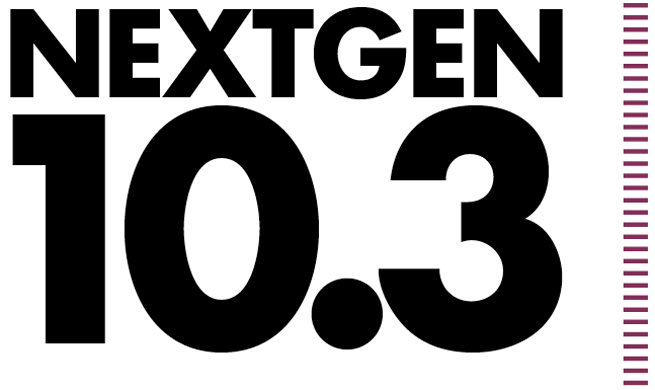While renovations have been on increase over the past 20 years, they have become even more common in the multifamily sector due in part by owners looking to remain competitive against the continuing rise in new multi-unit construction. Determining the amount of renovation needed to achieve the desired ROI, effectively addressing environmental restrictions, setting the time during which units remain down during reconstruction, and even gaining sufficient confidence in the renovation process itself are among owners’ questions as they explore the upside of renovation and face its inherent challenges.
[For more of Mike Rovner’s thought leadership click here]
Predictability leads to profitability. Owners and developers seek to maximize ROI, and predictability – an objective not typically associated with the construction industry – can help ensure that their project will be completed on time and will stay on track within their allotted budget. There are a few basic steps that can be taken to help assure predictability, including hiring the right contractor, investing in comprehensive pre-construction, the importance of collaboration and teamwork, best practices involved in budgeting and meeting scheduled deadlines.
The process towards predictability begins with interviewing contractors, getting a feel for their attitude and making certain that personalities mesh. Obtaining references should involve calling several of their recent jobs and speaking with managers that were on-site. I encourage developers to physically go out to look at work sites – an image is worth a thousand words. Check applicants’ financial background by reviewing tax returns – if a company goes under, so will your job. Make certain applicants fully understand the project by sharing complete plan documents. Never assume applicants understand the full scope of your project. Contractors with impressive history of multi-unit renovations will be better positioned to pass along savings in material costs and bring to the job extensive experience with relevant governmental agencies to optimize the construction process.
Creating an environment of collaboration where contractors, vendors and consultants operate in tandem toward a common goal will also help towards predictability. Collaboration involves ‘face to face’ meetings to review potential strategies aimed at completing the project on time and within budget, and to encourage members of the team to think outside the box – how can we find ways to do things better. Collaboration is the cornerstone of a successful job.
A critical component for achieving predictability is preconstruction. The more time is invested in preconstruction – the initial planning stages of a job – the better the chance for predictable outcomes – and ultimate success. Preconstruction is the phase where detailed renderings can be developed and reviewed, and budgets, schedules, subcontractor, vendor and materials determinations are made. It sets tone for effective collaboration and identifies any potential construction issues as well as solutions. We oftentimes refer to this phase as destructive testing, when we get behind walls to find out what is ‘really there’ before the job begins. We do ‘mockups’ of one unit or elevation so that the owner can get a sense as to what we’re doing and how it will turn out. There have been complex projects where we would spend up to a year in pre-construction, time that always proved useful as construction got underway. Keeping a project on time and within budget can only be achieved with sufficient preconstruction. In contrast, it is more likely that the job will fall victim to unforeseen difficulties if preconstruction planning is only adequately handled. Proper preconstruction will help to develop a clear budget and create an accurate schedule. In short, preconstruction leads to predictability – preventing surprises and helping to mitigate any need to increase the timeline and budget later-on.
Among the biggest factors in budgeting is labor costs. The current quantity of work dilutes the labor pool and drives up labor costs. Tradesmen are positioned to demand higher pay and to be more selective. Technology and regulatory codes also play roles in impacting budgets. Changes in these areas has ushered in a need for workers with higher levels of skills as well as experience, both of which increases costs on projects. Rovner Construction addresses labor by instilling a corporate culture that cultivates teamwork, support, recognition, appreciation – and predictability. As a result, our construction professionals know that they are part of a successful and innovative team. Our culture of recognition, collaboration and stability means more than a mere paycheck – and the result is a record of increased employee retention that is unmatched in our industry. Having established, long-term relationships with subcontractors is another significant key to getting projects done on time and within budget, without having big overruns. In today’s competitive environment, subcontractors can pick and choose their jobs, Rovner Construction focuses on being their reliable choice that pays as fast as possible and maximizes same-job production opportunities for increased pay. Make everyone a winner and the developer will reap the benefits.
[For more on Mike Rovner Construction’s approach on Renovation click here]
Recruiting the right contractor, creating a collaborative environment, investing in preconstruction, meeting the timely fee objectives of subcontractors and vendors – these are among the hallmarks of achieving predictability and ensuring that the project moves in the right direction all the way through completion.












































